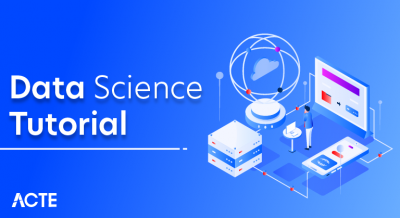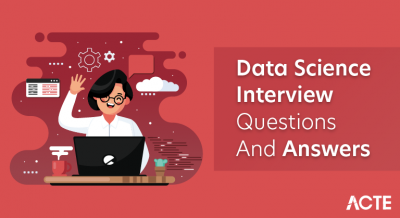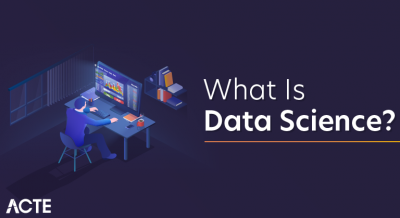
- Introduction to Logical Thinking in AI
- Role of Logic in Artificial Intelligence
- Propositional Logic in AI
- First-Order Logic (FOL) in AI
- Logical Reasoning and Problem Solving
- Expert Systems and Rule-Based AI Models
- Fuzzy Logic and Uncertainty in AI
- Decision Trees and Logical Decision Making
- Reinforcement Learning and Logical Policies
- Knowledge Representation Using Logic
- Challenges in Implementing Logical AI
- Future of Logical Thinking in AI
Introduction to Logical Thinking in AI
Logical thinking in artificial intelligence (AI) refers to the ability of machines to reason and make decisions based on structured, rule-based logic. By leveraging mathematical logic, logical AI enables machines to process information, infer new facts, and solve complex problems. This capability is vital for various AI applications, including automated reasoning, expert systems, and knowledge representation, as it allows machines to simulate human-like reasoning. Logical AI systems can make deductions, analyze patterns, and execute problem-solving strategies with a high degree of efficiency. For those interested in mastering these concepts, you can explore Data Science Training which covers topics such as logical reasoning, AI model development, and decision-making strategies. The foundations of logical thinking in AI are grounded in formal logic systems such as propositional and first-order logic, which provide a framework for representing facts, making inferences, and building models that facilitate structured decision-making. Propositional logic deals with simple true or false statements, while first-order logic introduces more complexity by allowing for relationships between objects through predicates and quantifiers. As AI applications grow more complex, logical reasoning remains essential in ensuring that AI systems are interpretable, reliable, and robust. The ability to reason logically allows AI to handle uncertainty, process incomplete information, and make informed decisions, making it a fundamental component in the development of intelligent systems capable of solving intricate tasks.
Would You Like to Know More About Data Science? Sign Up For Our Data Science Course Training Now!
Role of Logic in Artificial Intelligence
Logic is the backbone of artificial intelligence (AI), providing the foundation for systems to process knowledge in a structured and systematic manner, enabling them to make rational decisions. Through logic, AI can represent facts, deduce new knowledge, and verify the correctness of algorithms. Its role in AI spans several critical areas, such as knowledge representation, where logic is used to structure and store information in a format that machines can understand and process efficiently. In automated reasoning, logical rules are applied to infer new facts and derive conclusions from existing knowledge, allowing AI systems to expand their understanding beyond the given data. For those interested in gaining a deeper understanding of these concepts, you can Learn Data Science which will enhance your knowledge of logical reasoning and its applications in AI. Expert systems rely on logic to simulate human decision-making by using rule-based systems that mirror the judgment processes of human experts. In natural language processing (NLP), logical frameworks help AI systems with semantic interpretation and context-aware understanding of language, ensuring that machines can comprehend the meaning behind human communication. Additionally, logic plays a crucial role in AI ethics and explainability, as logical rules enhance transparency and ensure fair and explainable decision-making processes. By applying logic, AI systems are better able to handle tasks that require reasoning with incomplete, uncertain, or even contradictory information. As AI technologies continue to evolve, the importance of logical reasoning grows, remaining a fundamental component of intelligent decision-making and automated problem-solving across various applications. Whether it’s making decisions, solving complex problems, or interpreting language, logic enables AI to function in a more intelligent, reliable, and transparent way.
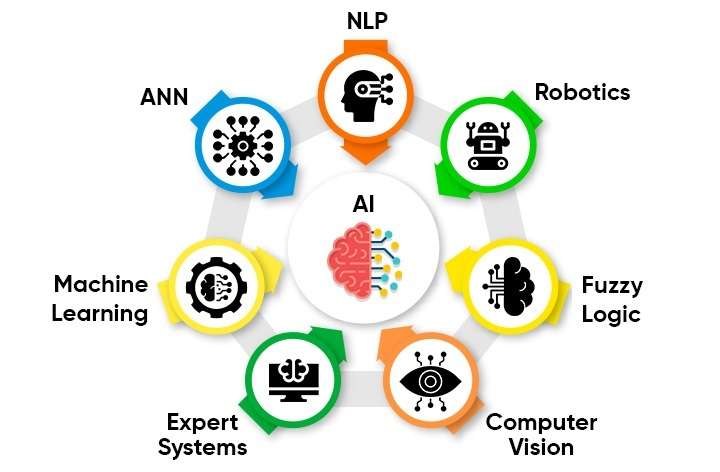
Propositional Logic in AI
Propositional logic, also known as Boolean logic, is a simple yet powerful form of logic used in AI to represent and manipulate logical statements. It consists of propositional variables (P, Q, R, etc.) and logical connectives such as AND (∧), OR (∨), NOT (¬), IMPLIES (→), and BICONDITIONAL (↔).
Key aspects of propositional logic in AI include:
- Logical Statements: Representing facts using true or false values.
- Truth Tables: Evaluating logical expressions using systematic truth assignments.
- Inference Rules: Applying logical rules such as Modus Ponens and Modus Tollens to deduce new facts.
- Resolution Principle: A method used in automated theorem proving to derive contradictions and establish logical conclusions.
Propositional logic is widely used in AI applications such as automated planning, decision-making, and symbolic reasoning. Despite its simplicity, it is limited in expressing complex relationships, leading to the need for more expressive logical systems like First-Order Logic.
First-Order Logic (FOL) in AI
First-Order Logic (FOL), also known as Predicate Logic, is an extension of propositional logic that incorporates quantifiers and predicates, making it more powerful and expressive. Unlike propositional logic, which is limited to simple true or false statements, FOL allows for the representation of relationships between objects, which is crucial for AI applications that involve knowledge representation and reasoning. The key components of FOL include predicates, which are functions that describe properties or relationships between objects (such as Human(John), meaning John is a human), allowing for the expression of more complex facts than in propositional logic. FOL also introduces quantifiers, namely the universal quantifier (∀) and the existential quantifier (∃), which enable the expression of general truths (such as “all humans are mortal”) or specific truths (like “there exists at least one human named John”). Additionally, FOL uses variables and constants, which are symbols representing objects in a particular domain, allowing for more flexibility in expressing knowledge. Logical connectives, similar to those in propositional logic (like AND, OR, NOT), are applied to predicates and quantifiers in FOL to form complex logical statements. FOL is widely used in expert systems, knowledge graphs, semantic web technologies, and AI-based theorem proving. It allows AI systems to model intricate relationships, reason about uncertainty, and infer new knowledge based on the facts available, enabling more sophisticated and intelligent systems that can perform tasks such as natural language understanding, problem-solving, and automated reasoning. For those looking to deepen their understanding of these concepts, Data Science Training offers valuable resources. Through FOL, AI can handle much more nuanced and detailed reasoning, making it an essential tool for many advanced AI applications.
Do You Want to Learn More About Data Science? Get Info From Our Data Science Course Training Today!
Logical Reasoning and Problem Solving
Logical reasoning in AI involves using inference rules and logical frameworks to solve problems systematically. There are three primary types of logical reasoning:
- Deductive Reasoning: Deriving specific conclusions from general premises (e.g., all humans are mortal; John is human; therefore, John is mortal).
- Inductive Reasoning: Generalizing patterns from specific observations (e.g., observing that multiple birds fly and concluding that all birds can fly).
- Abductive Reasoning: Inferring the most probable explanation for observed facts (e.g., diagnosing a disease based on symptoms).
Logical reasoning is crucial in AI applications such as game playing, automated planning, and cognitive computing. It helps AI systems analyze data, recognize patterns, and generate optimal solutions for complex problems.
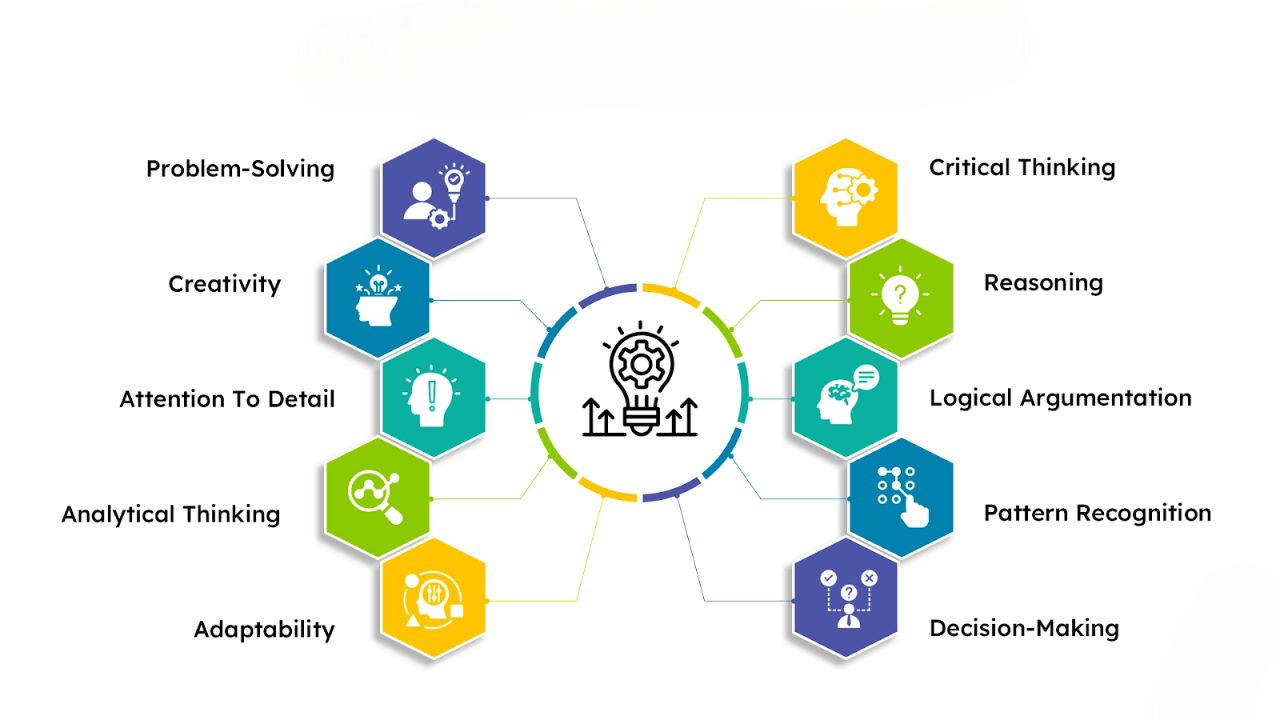
Expert Systems and Rule-Based AI Models
Expert systems are AI models designed to simulate human expert decision-making by employing rule-based reasoning. These systems rely on two main components: a knowledge base and an inference engine, which work together to make decisions based on predefined rules. The knowledge base contains facts and rules that represent the expertise of a particular domain, essentially storing the accumulated knowledge of human experts in that field. The inference engine uses this knowledge base to apply logical rules and derive new knowledge from the existing facts, enabling the system to make informed decisions or provide recommendations. A third key component is the user interface, which allows users to interact with the expert system and receive insights or advice based on the reasoning process. Expert systems are particularly valuable in fields like medical diagnosis, financial analysis, and industrial automation, where they provide reliable decision support by mimicking the decision-making process of human experts. In medical diagnosis, for example, expert systems can analyze patient symptoms and recommend potential diagnoses based on extensive medical knowledge. Similarly, in financial analysis, these systems can assist in evaluating investment opportunities by processing vast amounts of market data. For those looking to understand statistical analysis methods in more depth, What is ANOVA provides an important concept in data analysis. Expert systems thus offer a powerful tool for decision-making, combining logical reasoning with domain-specific knowledge to help professionals and businesses make more accurate, informed decisions.
Fuzzy Logic and Uncertainty in AI
Fuzzy logic extends classical logic to handle uncertainty and imprecision. Unlike binary logic, where statements are strictly true or false, fuzzy logic allows for degrees of truth, making it useful for real-world AI applications.
Key features of fuzzy logic include:
- Membership Functions: Represent degrees of truth for different values.
- Fuzzy Inference Systems: Use fuzzy rules to make approximate reasoning.
- Defuzzification: Converts fuzzy conclusions into precise outputs.
Fuzzy logic is used in AI applications such as robotics, control systems, and natural language processing, where uncertainty and vagueness are common.
Want to Pursue a Data Science Master’s Degree? Enroll For Data Science Masters Course Today!
Decision Trees and Logical Decision Making
Decision trees are logical models used in AI to make decisions and perform classification tasks. A decision tree is structured with three key components: nodes, branches, and leaves. Nodes represent decision points where a logical condition or question is applied, determining which path to follow. Branches, extending from each node, represent the possible outcomes of the decisions made at the nodes, guiding the flow of the model. Finally, leaves are the endpoints of the tree, representing the final decisions or classifications based on the conditions evaluated along the way. Decision trees are widely utilized in machine learning, data mining, and AI-driven automation, as they offer an interpretable and transparent framework for decision-making. Their clear structure makes it easier to understand the reasoning behind decisions, which is particularly important in applications where interpretability is critical, such as in healthcare or finance. Furthermore, decision trees can be easily adjusted and expanded, making them adaptable to new data and evolving decision-making needs. For those looking to explore how data is organized and managed, What is Data Architecture is an essential concept to understand. By breaking down complex decisions into a series of simple, logical steps, decision trees provide a powerful tool for both classification and regression tasks, enabling AI systems to process and make sense of large datasets efficiently.
Reinforcement Learning and Logical Policies
Reinforcement learning (RL) involves training AI agents to make decisions based on rewards and punishments. Logical policies in RL help define structured decision-making rules that improve learning efficiency.
Key components of RL include:
- Agent: Learns from interactions with the environment.
- State: Represents the current situation.
- Action: Represents possible decisions.
- Reward Function: Guides the learning process.
Logical policies enhance RL by integrating rule-based constraints, ensuring AI agents make rational and ethical decisions.
Go Through These Data Science Interview Questions & Answer to Excel in Your Upcoming Interview.
Knowledge Representation Using Logic
Logical AI is built on structured knowledge representation methods that allow systems to reason, infer new facts, and support intelligent decision-making. One such method is semantic networks, which represent concepts and the relationships between them. These networks map out how different concepts are connected, making it easier for AI to understand and navigate the relationships within a given domain. Another important method is frames, which organize knowledge in hierarchical structures. Frames allow AI systems to categorize and store knowledge in a way that mimics human understanding, with each frame acting as a template for representing objects, events, or situations. This hierarchical structure enables AI to efficiently process and reason about complex information. Additionally, ontologies are used to define domain-specific knowledge bases. Ontologies provide a formal, structured way to represent knowledge within a particular field, allowing for precise definitions of terms and concepts, as well as their interrelationships. They help AI systems to better understand the context in which knowledge is applied, ensuring that the information is accurate and relevant. For those looking to explore the practical applications of AI in various sectors, Artificial Intelligence in Business is an area of growing interest. By integrating these techniques, logical AI systems can effectively reason about the world, make informed decisions, and adapt to new information. These structured approaches form the backbone of logical AI, facilitating the development of more sophisticated and intelligent systems that can handle complex tasks and environments.
Challenges in Implementing Logical AI
Despite its advantages, logical AI faces several challenges:
- Computational Complexity: Logical reasoning can be resource-intensive.
- Handling Uncertainty: Classical logic struggles with ambiguous data.
- Scalability: Large knowledge bases require efficient management.
- Explainability: Complex logical models need interpretable reasoning processes.
Future of Logical Thinking in AI
The future of logical AI lies in the seamless integration of symbolic reasoning with machine learning, which will enhance AI’s capacity to reason, learn, and adapt. This fusion is crucial for AI systems to make decisions based on both structured knowledge and data-driven insights, bridging the gap between traditional rule-based logic and modern data-driven approaches. Key developments in neuro-symbolic AI, which combines neural networks with symbolic reasoning, will play a pivotal role in advancing logical AI. Neuro-symbolic models will empower AI to leverage human-like reasoning capabilities while benefiting from the scalability of machine learning. In addition, breakthroughs in quantum computing will revolutionize the processing power of logical AI, enabling faster and more efficient problem-solving. As AI continues to evolve, the development of ethical AI frameworks will also be crucial. These frameworks will ensure that AI systems operate transparently, responsibly, and in alignment with human values, addressing concerns around bias, fairness, and accountability. The convergence of these technologies will result in a more robust, adaptable, and interpretable form of logical AI, one that can be applied across diverse domains while maintaining trustworthiness and understanding in its decision-making processes. For those looking to delve deeper into these concepts, Data Science Training offers valuable resources. Ultimately, these advancements will redefine AI’s role in solving complex, real-world problems.


